Special Report
10 Ways to Start Planning Your Thanksgiving Dinner in October

Published:
Last Updated:

Thanksgiving? Already? We’ve barely packed away our bathing suits, and there are still leaves on the trees — at least some of them. It isn’t even Halloween yet.
The fall and winter holidays seem years away in July and August, but then comes Labor Day, and the next thing you know it’s New Year’s Eve. The concentration of festive observances between the end of October and the end of December somehow seems to speed up the clock.
Yes, it’s only October, but Thanksgiving is not much more than a month down the road.
If you’re in the habit of hosting Thanksgiving dinners, you already know enough to make a checklist and start your shopping and other preparations a week or so ahead of time. But there are aspects of getting ready for this momentous occasion — the most important American food holiday by far — that can and probably should be addressed right now.
Plan a menu, figure out who’s coming and how they’re getting to your feast, do some shopping or at least preordering, make sure you have everything you’ll need for cooking and serving, hone your kitchen skills…
Because you’re not facing a time crunch, if you decide to tackle any or all of these projects this month, you can space them out, working at your own pace. When the holiday countdown starts in earnest, you’ll be glad you got some chores out of the way.
Click here for 10 ways to start planning your Thanksgiving dinner in October
Get some of your Thanksgiving planning out of the way this month and then relax and enjoy the autumn air for a few weeks before you jump into the fray again, wondering if it isn’t high time you began your Christmas shopping (answer: it is).
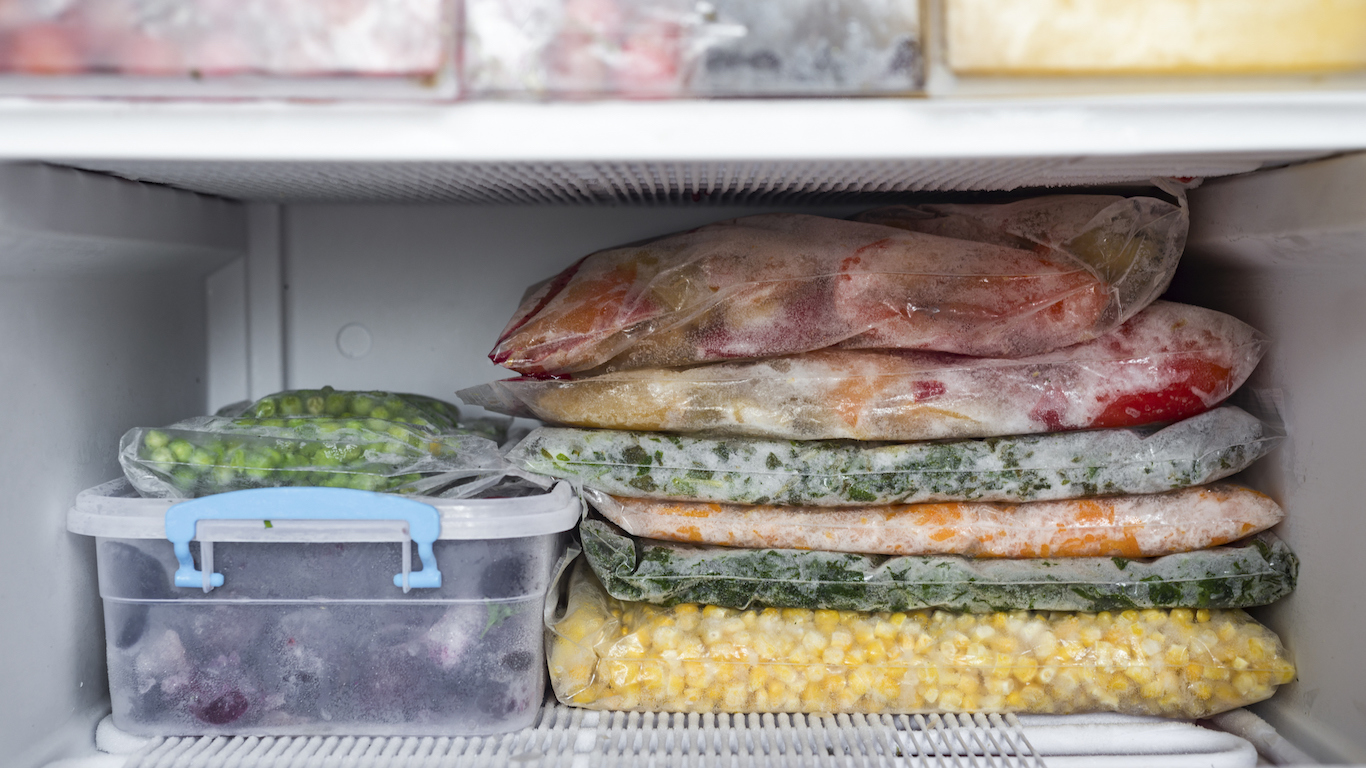
Depending on the part of the country you’re in, you might still be able to find the last of such regionally grown produce as corn, sweet or hot peppers, grapes, boysenberries, and melon. If you’d like to work any of these — or other almost-out-of-season fruits or vegetables — into your holiday menu, they can be frozen in freezer bags. (Think corn pudding, autumn salsa, or fruit salad.) Before bagging them, just rinse and thoroughly dry grapes, boysenberries, or peppers or peel the melon and cut it into segments. For corn, cut the kernels from the cob and blanch them for about five minutes in salted water, drain and put them into a bag, flattening the bags out so the corn freezes evenly.
[in-text-ad]

If you’re planning to travel for Thanksgiving dinner — or if you have friends or family flying in to be with you for the occasion — you will ideally have already booked the necessary air travel or encouraged your guests to have done so. It’s not too late, though. According to the independent travel research site Skyscanner, September is the best month to book your flights. Based on last year’s rates, September had the lowest average prices for Thanksgiving travel, but October flights were only slightly more expensive overall. The longer you wait, the more fares are apt to increase and the less chance you’ll have of being able to book your desired itinerary.
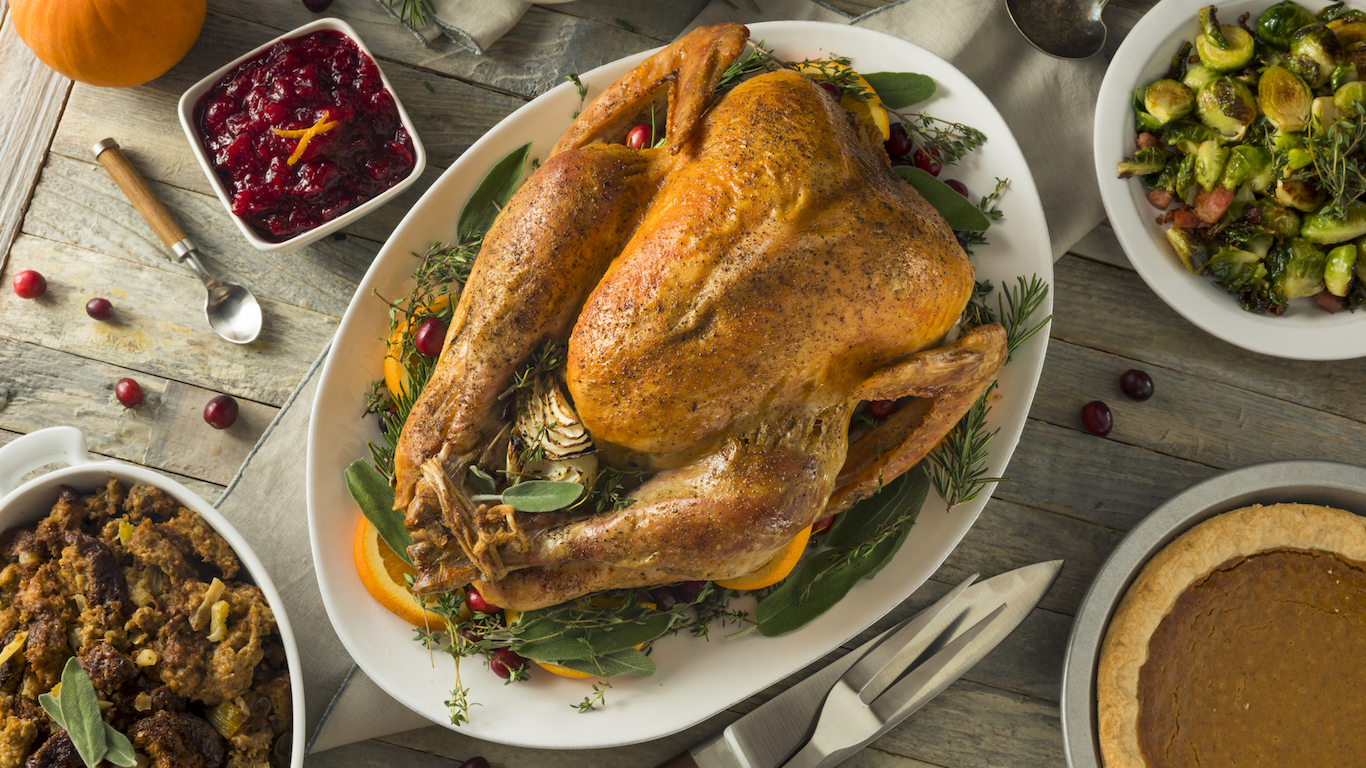
Already? It may seem premature to start thinking about what you’re going to put on the table six weeks from now, but there’s no downside to considering the possibilities. Decide what the centerpiece is going to be, as now is a good time to order your turkey or other large bird — capon, goose, etc. — if that’s what you’re serving (see No. 10).
If you prefer to cook Thanksgiving dinner from scratch, with as many fresh, local ingredients as possible, consult a website listing what produce will be in season in your area late next month (or ask at your farmers market). If you’d rather go the canned-and-frozen route, start watching supermarket sales. You might be able to pick up some cans of pumpkin pie filling or fried onions or some frozen yams or green beans on sale.
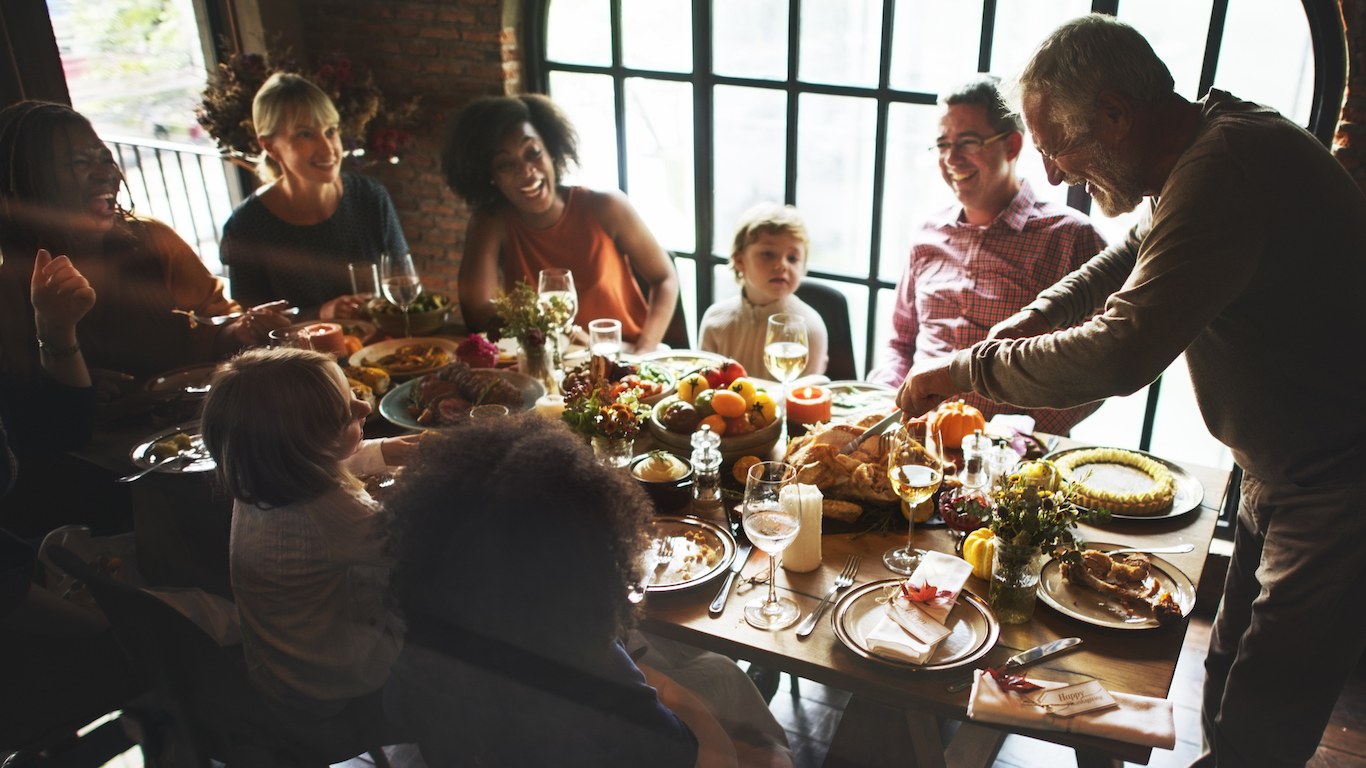
If you’re making Thanksgiving dinner for your immediate family alone, this is self-explanatory. If you’re reaching out to a wider range of relatives, it’s not too early to decide how far you want your hospitality to extend. Sure, you’ve got to invite your sister and her husband, and probably your aunts and uncles, or at least the ones who live nearby, but do you want the cousins, too? Fine if you do, but if family politics don’t demand otherwise, the choice is yours. And what about friends unanchored by family commitments of their own? It’s up to you how large a dinner you want (and have the facilities and faculties) to throw, but having at least a rough idea of how many guests you’ll have is essential for other stages of pre-planning.
[in-text-ad-2]
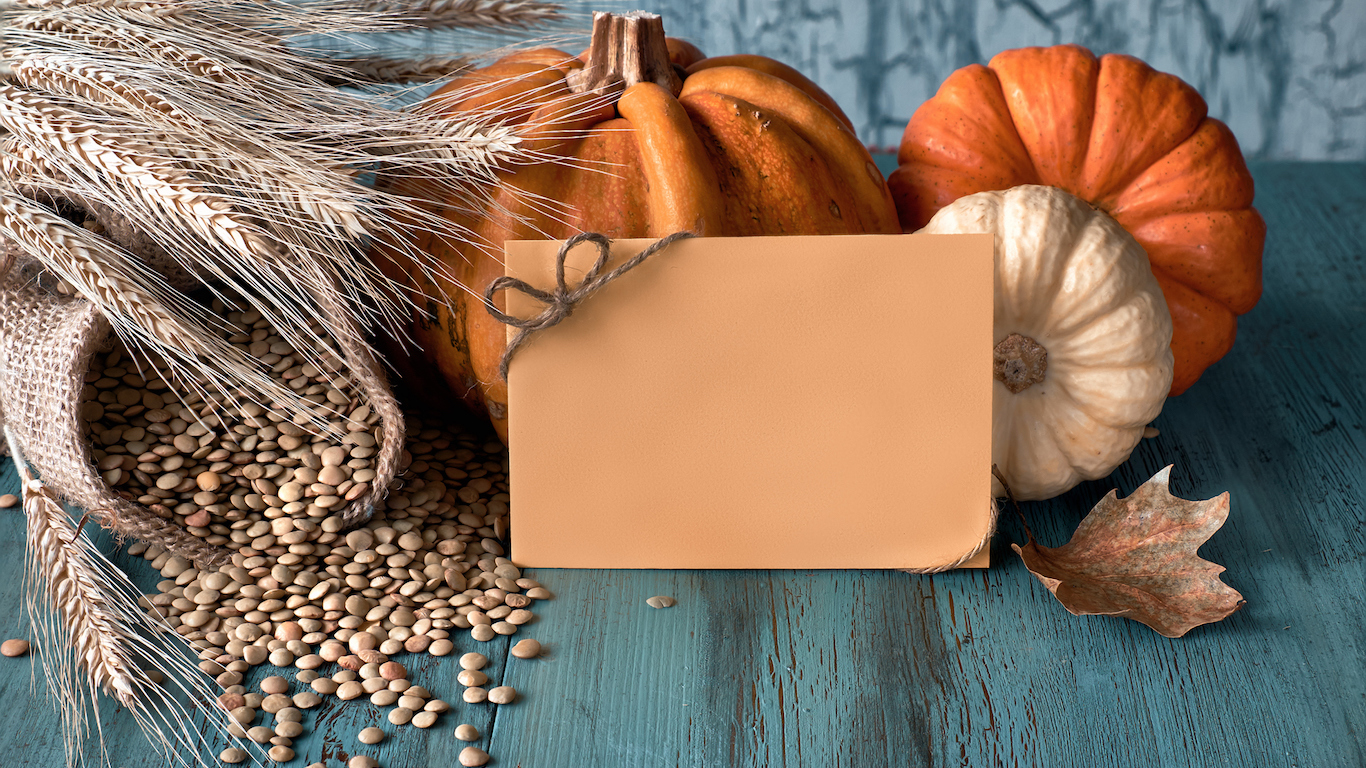
Once you’ve thought twice about who you want to have over for Thanksgiving, begin inviting the people on your list, by email or an online invitation app; by phone or text if you and your invitees are the informal types; or by old-fashioned snail mail if you’re more traditionally minded. You should let your intended guests know as soon as possible that you’d like them to join you. There will almost certainly be some last-minute dropouts and/or additions, but at least you’ll have a rough idea of how much food and drink you’ll need. If you have the time and energy and have a large group coming, this would also be a good time to pour yourself a glass of wine, sit down at the kitchen table, and start roughing out a seating chart.
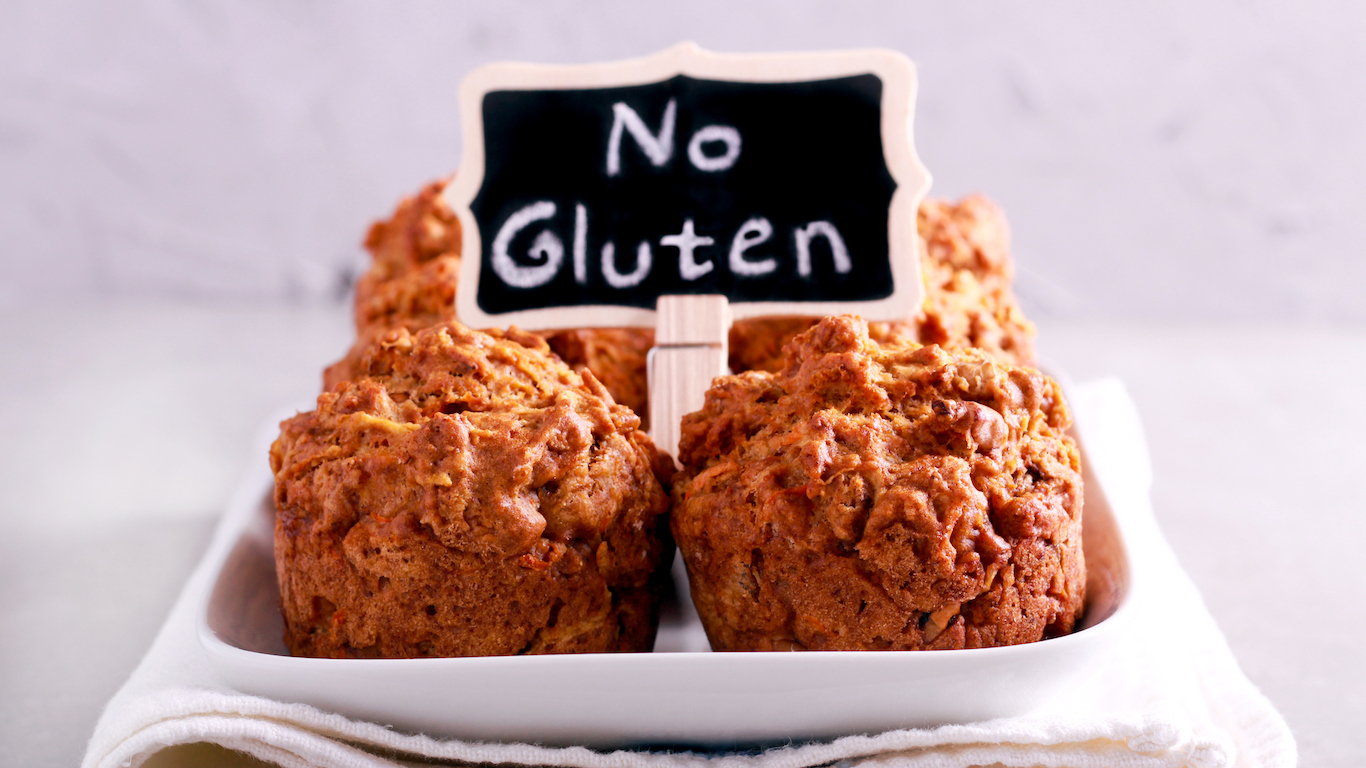
Once you know who’s coming, make sure you know what they’ll eat. The modern-day Thanksgiving host often faces a bewildering chorus of special demands. Most large gatherings these days are likely to include guests with either medical or philosophical food issues — celiacs and the gluten-intolerant, those with dairy or nut allergies, vegans and vegetarians, carb-loaders and the Paleo-inclined. And don’t necessarily go by what the same people ate last year; people change their eating habits. No host can be expected to provide a different full meal to satisfy the requirements of each of half a dozen different conditions or preferences, but once you know what those requirements are, you can at least make sure that there’ll be enough of one or two things on the table to get everybody fed.
[in-text-ad]
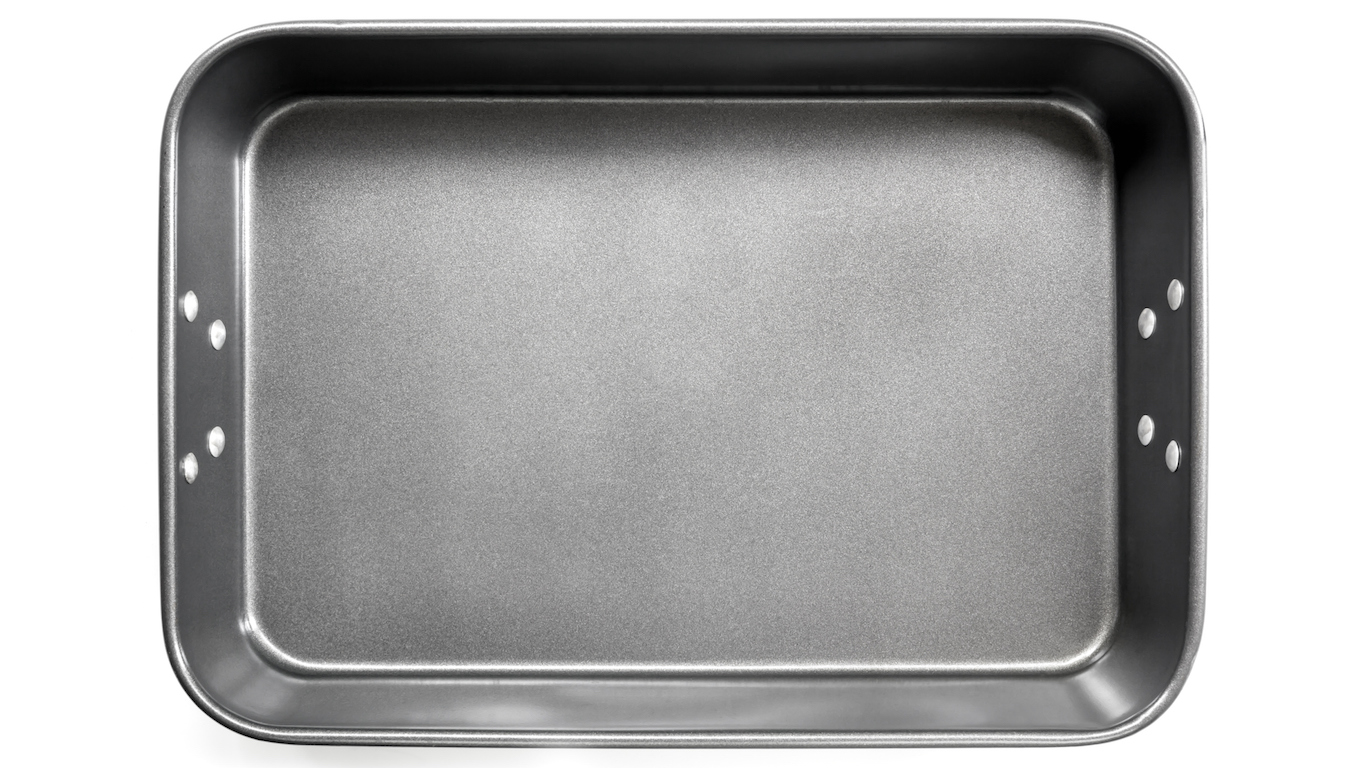
This is extremely important. Once you know at least approximately how many people you’ll be feeding and what you’ll be feeding them, do an inventory of your pots and pans, utensils, and serving dishes and platters, and if you don’t have enough to handle the crowd, buy or borrow what you’ll need. Once you know how many people are coming, and thus how large a bird you’ll need, figure out what kind of vessel you’re going to roast it in and then verify that it will fit into your oven (check the height, too, remembering that a big turkey can rise six or eight inches above the edge of a roasting pan). Make sure your dining room table is big enough, too, or if it isn’t, that you have room to set up a card table or two. And count your chairs. Nobody expects a set of perfectly matched ones for a big Thanksgiving dinner, but everybody will need a place to sit in reasonable comfort — even if it’s on the couch, with plates on the coffee table or balanced on knees.
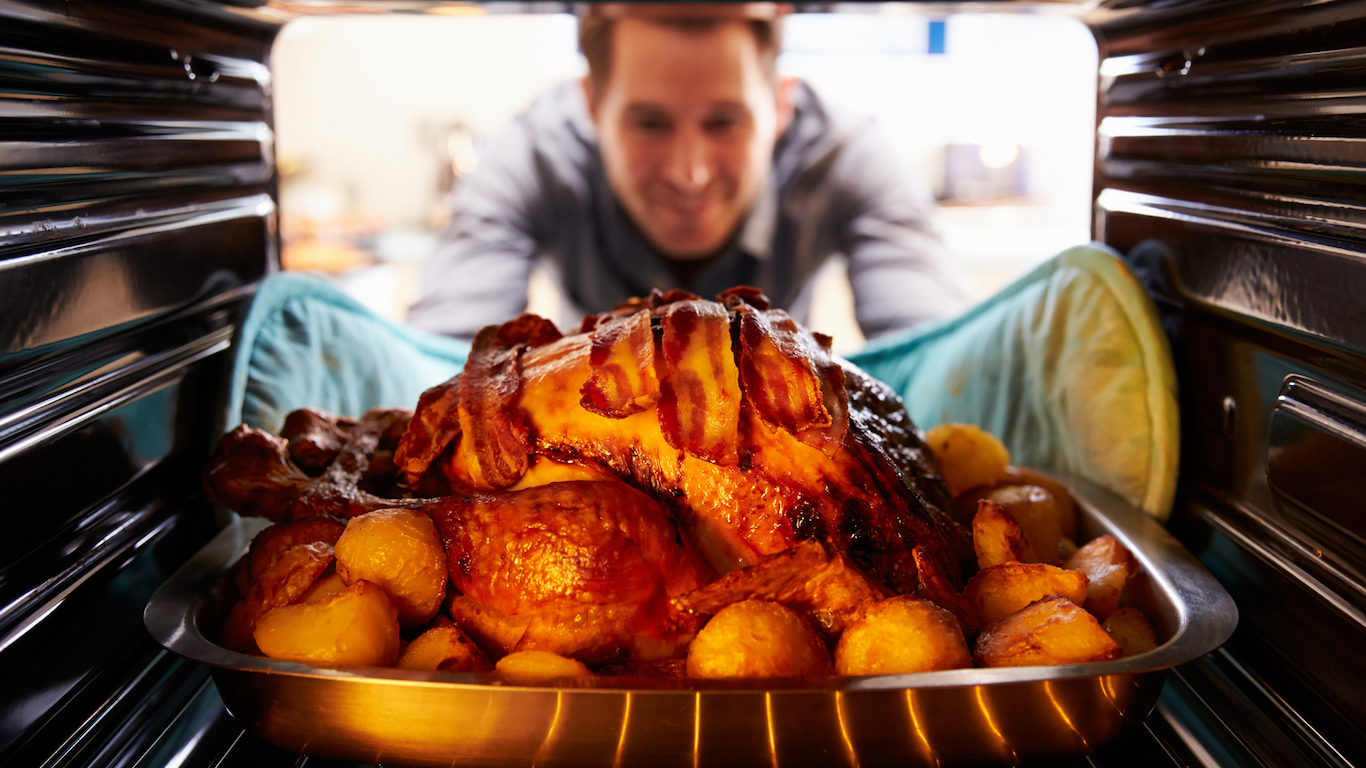
If you’re an old hand at hosting Thanksgiving repasts, or an accomplished cook who gives big dinner parties all the time, you can probably skip this step. If this is the first Thanksgiving feast you’ve made, though, or if you’re trying something you’ve never cooked before (or if that turkey frankly turned out a little overdone last year), it’s a good idea to practice. You don’t have to reproduce the entire dinner you’re planning, but if you have any doubt about your ability to successfully execute any part of it, try it out and make corrections as needed.
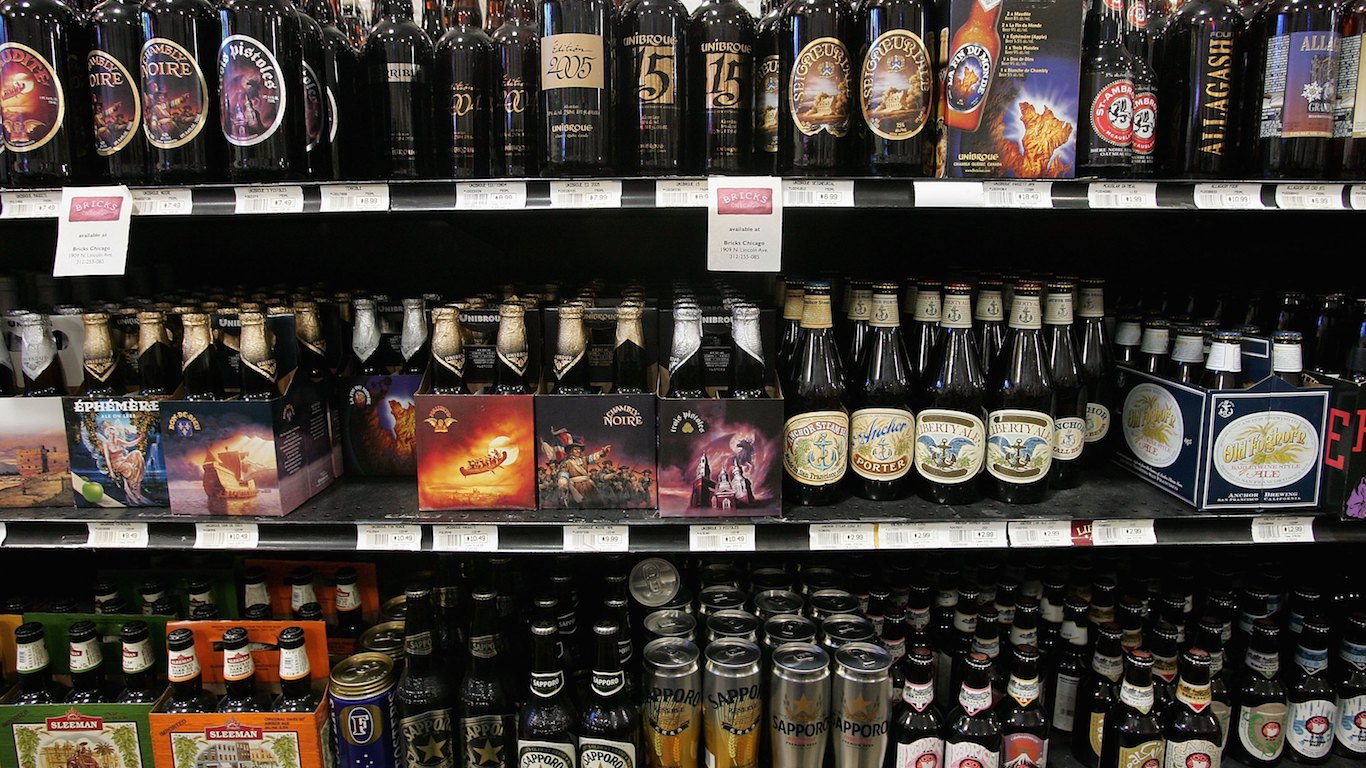
You’ve got a menu and a guest list. Now, what are they all going to drink? Unless yours is a sober household, you’ll need alcohol. What and how much depends on the crowd. You can offer an open serve-yourself-bar stocked with all or some of the usual brown and white goods (bourbon, rye, scotch, rum, brandy, gin, vodka, tequila) plus mixers, or just mix up a punch bowl full of liquor-spiked punch or eggnog. To accompany dinner, choose a red and a white wine, and/or maybe some champagne if you’re feeling festive and the budget can handle it. Another possibility is a selection of seasonal craft beers. Countless online articles publish suggestions for all of these, or the staff at any good wine or beer shop can make recommendations.
The advantage of stocking up on drinks a month or more before Thanksgiving is that popular items sometimes sell out closer to the holiday — and you might also find special deals if you buy in advance. (If there are children or non-drinkers coming to dinner, of course, make sure you have soft drinks and/or fruit juices available, as well as plenty of still and sparkling water for everybody — but these you don’t need to shop for in advance.)
[in-text-ad-2]
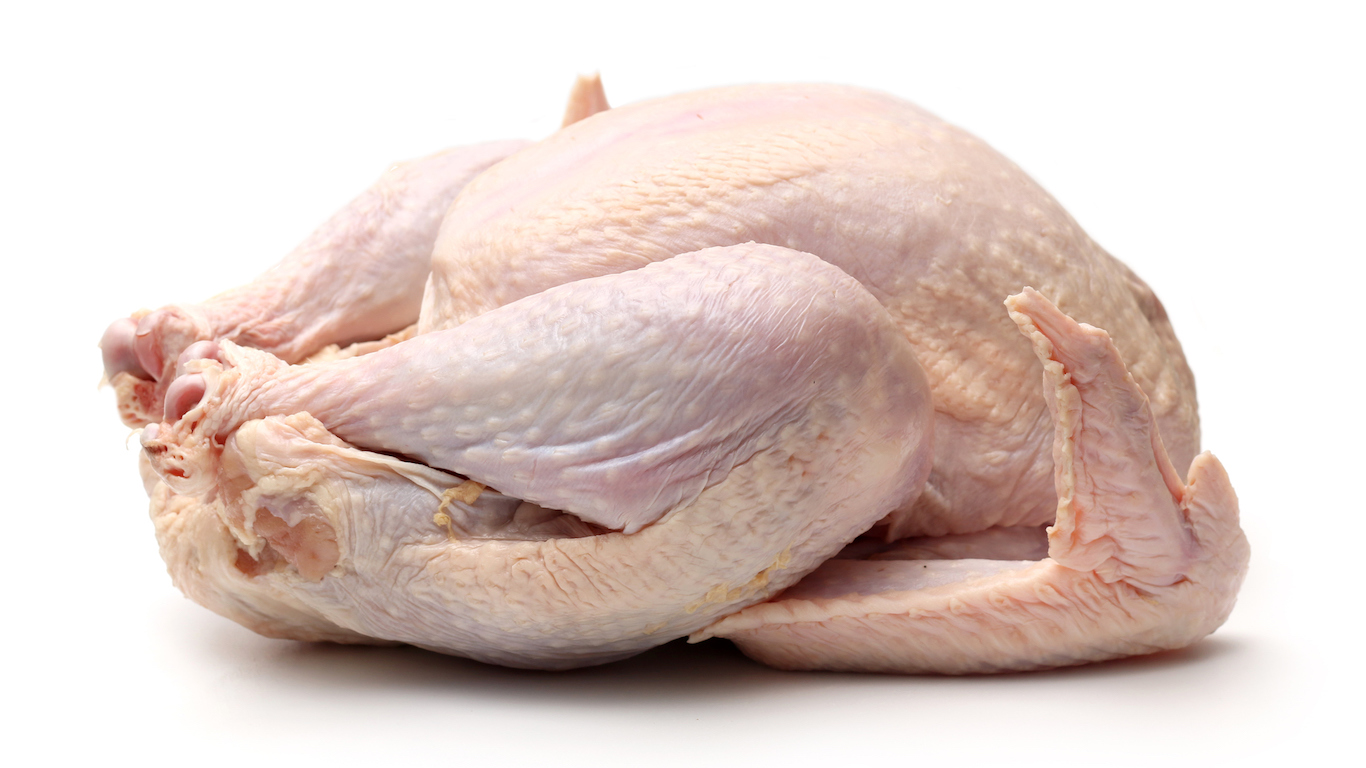
If you’re planning on serving a traditional frozen supermarket turkey, you can buy it now and stash it in the freezer or safely wait until a week or so before the holiday. (Remember that frozen birds take time to thaw — about 24 hours for every four pounds when thawing in the refrigerator, or about 30 minutes per pound if you use the cold water method, which means submerging the turkey completely and changing the water every half hour.) If you prefer an organic turkey, a wild turkey, or some other bird entirely, it’s a good idea to place your order now because supplies of these specialty items can be limited.
The Average American Is Losing Momentum On Their Savings Every Day (Sponsor)
If you’re like many Americans and keep your money ‘safe’ in a checking or savings account, think again. The average yield on a savings account is a paltry .4%1 today. Checking accounts are even worse.
But there is good news. To win qualified customers, some accounts are paying more than 7x the national average. That’s an incredible way to keep your money safe and earn more at the same time. Our top pick for high yield savings accounts includes other benefits as well. You can earn a $200 bonus and up to 7X the national average with qualifying deposits. Terms apply. Member, FDIC.
Click here to see how much more you could be earning on your savings today. It takes just a few minutes to open an account to make your money work for you.
Thank you for reading! Have some feedback for us?
Contact the 24/7 Wall St. editorial team.